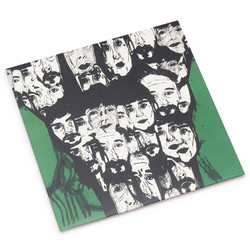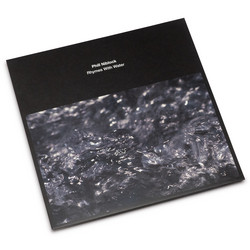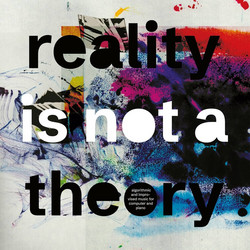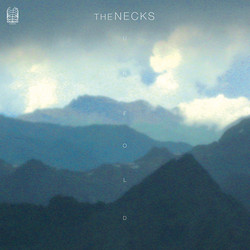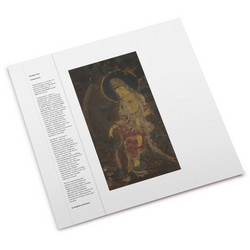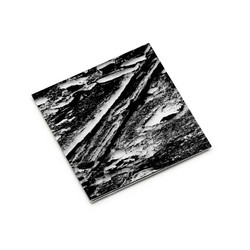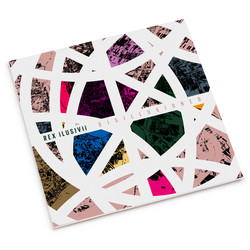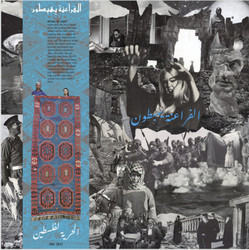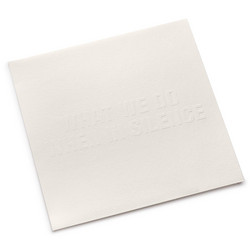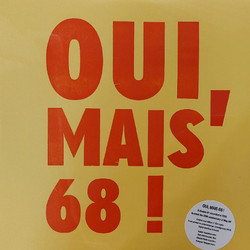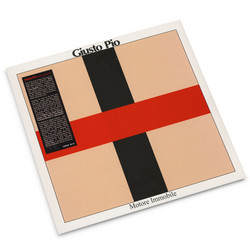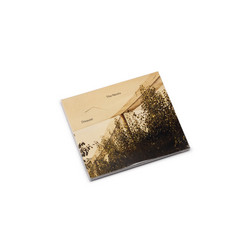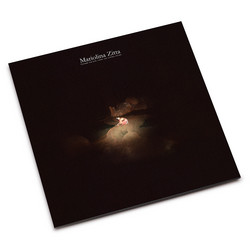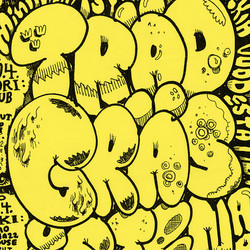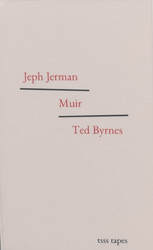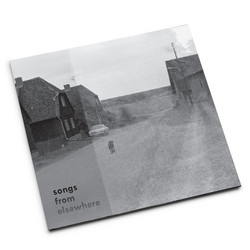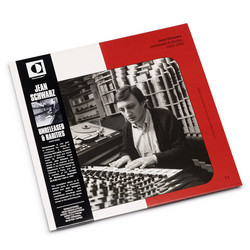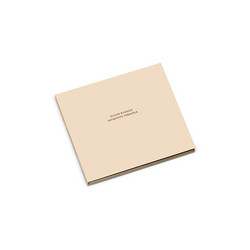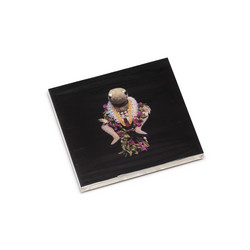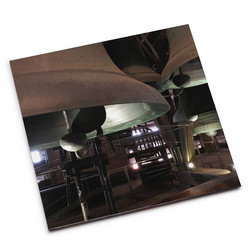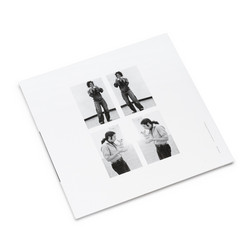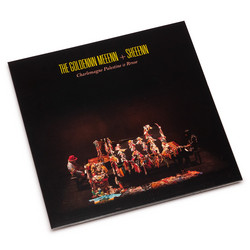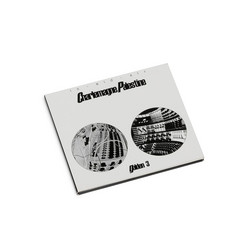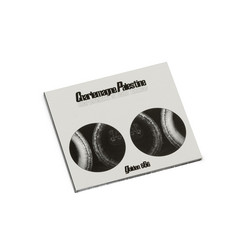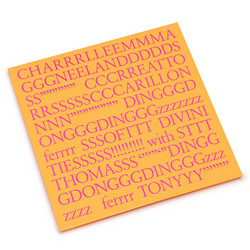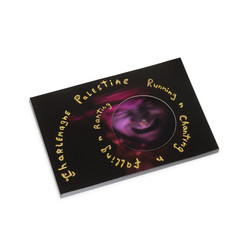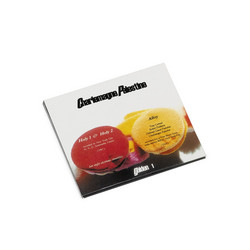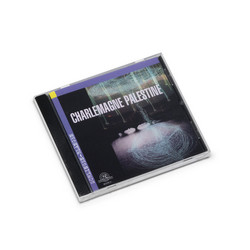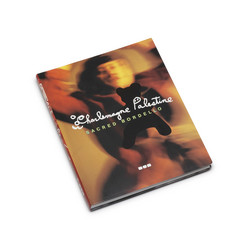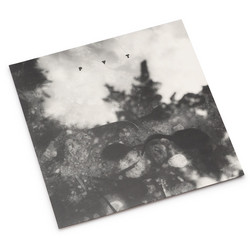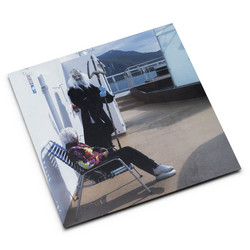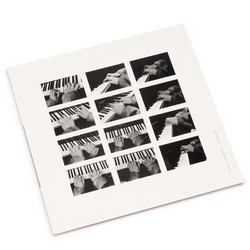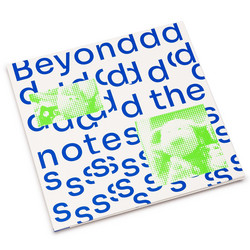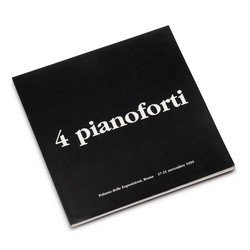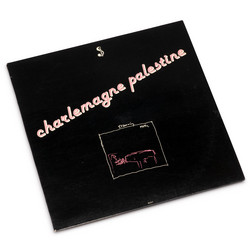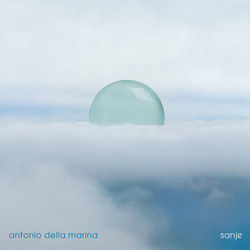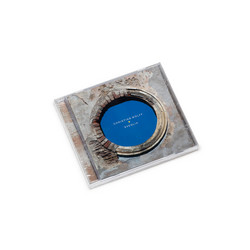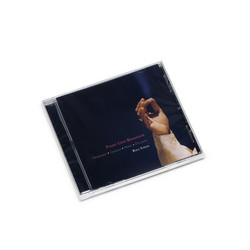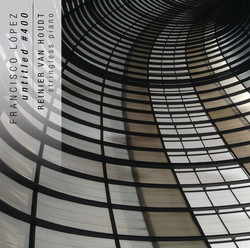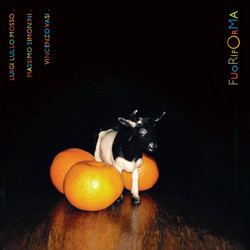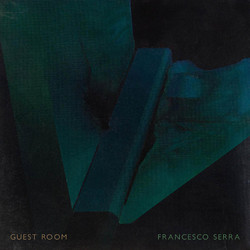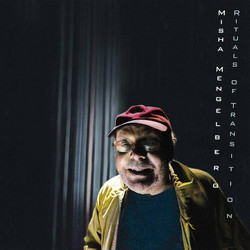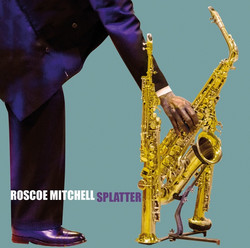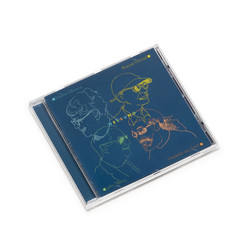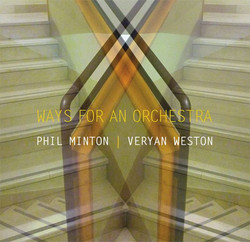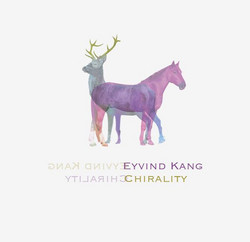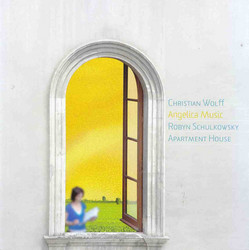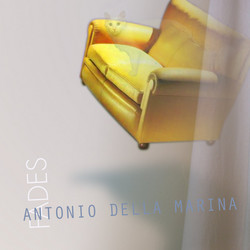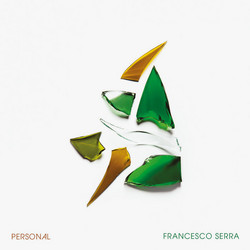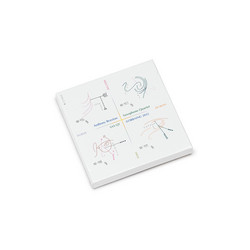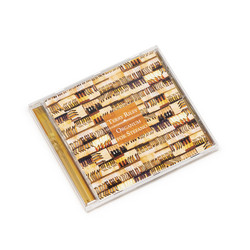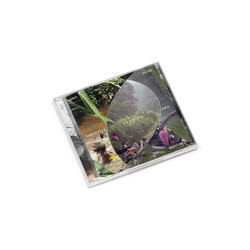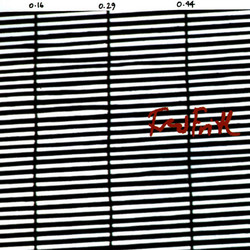**restocked**A mind-expanding journey undertaken on church organ! Buoyed by slow changes that create illusions of movement, the experience of listening to this CD is one of floating between parallel worlds of harmony and noise. Schlingen-Blangen evolved out of a number of events Charlemagne held in L.A. in 1970 and ’71 that he called “Meditative Sound Environments.” In these performances he would sustain a chord on an organ in a Unitarian church by inserting pieces of cardboard between the keys and letting it play all night, adjusting the stops here and there to make only slight changes. In this recording, dated from 2004 and made at Basilica di San Martino Maggiore, Bologna during AngelicA Festival , the same approach is used. An initial chord and its timbre was chosen and then left to sing for the duration of the recording.
If this was the kind of organ music played during church I might be persuaded to attend. There is a sacred feel to it and it has certainly done more for my spiritual well being than most sermons ever have. While meditative, it isn’t exactly calm, though it has a calming effect. It demands attention and gets it by pushing aside the chattering thoughts of the trivial everyday mind. While it does change, it makes an impression of constancy because Charlemagne never gives the organ a chance to breathe. The organ is continually exhaling a propulsive blast of oscillating timbre, filling up space, seeping into everything. It starts abruptly and ends abruptly. In between there is a quick arc of sinuous consonance, meted by an ennervating discord, and finally, release. The raw physicality of the work stimulates the senses of the body while the mind trying to probe it intellectually remains embroiled in paradox; these are the twin joys of the piece.
he organ has been called "the monster which never breathes," but perhaps its breaths are simply very long and deep. In Charlemagne Palestine's perambulations through the organ's sonic landscape, this is certainly the case—the breath is some 70 minutes long.
Schlingen-Blängen was first realized in Holland in 1979, although it had several precursors. Composer-performer Palestine had become well known in avant-garde circles in New York and Europe and was often seen and heard at major festivals. Usually, the instrument of his long, environmental, quasi-sacred musical inventions was the Imperiale Grand Bösendorfer piano. The alchemical magic of dancing harmonics which he managed to coax out of this magnificent instrument through sheer physical will (indeed the physicality of a Palestine performance was memorable—a battle of wills with the piano itself) transformed both physical space and imaginary space inside the listeners' heads. Those who have experienced a Charlemagne Palestine Bösendorfer performance such as Strumming Music, or Lower Depths or Timbral Assault usually have found the relentless coaxing of sound from the piano to be a physical ballet as well as a spiritual-musico exercise. 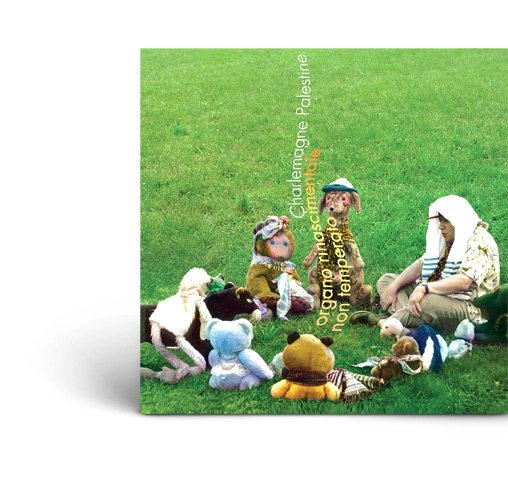
Recorded at Basilica di San Martino Maggiore, Bologna during AngelicA Festival on May 9, 2004.
